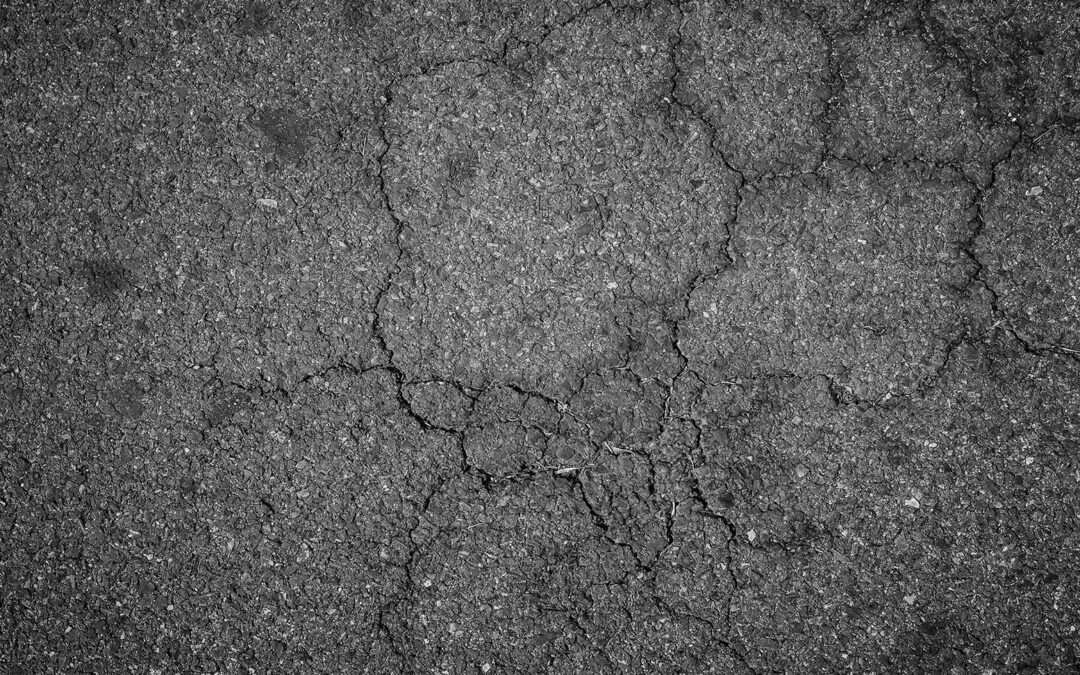 Potholes Small, bowl-shaped depressions in the pavement surface that penetrate all the way through the HMA layer down to the base course. They generally have sharp edges and vertical sides near the top of the hole. Potholes are most likely to occur on roads with...
Potholes Small, bowl-shaped depressions in the pavement surface that penetrate all the way through the HMA layer down to the base course. They generally have sharp edges and vertical sides near the top of the hole. Potholes are most likely to occur on roads with...
 Polished Aggregate Polished aggregate is typically due to aggregates that are softer and aren’t resistant to abrasion. River rock is more susceptible to abrasion, especially compared to a quarry or basalt material. This close-up picture of a road surface shows...
Polished Aggregate Polished aggregate is typically due to aggregates that are softer and aren’t resistant to abrasion. River rock is more susceptible to abrasion, especially compared to a quarry or basalt material. This close-up picture of a road surface shows...
 Patching An area of pavement that has been replaced with new material to repair the existing pavement. A patch is considered a defect no matter how well it performs. Two patches on an urban arterial placed after utility cuts. A patch on an urban arterial used to...
Patching An area of pavement that has been replaced with new material to repair the existing pavement. A patch is considered a defect no matter how well it performs. Two patches on an urban arterial placed after utility cuts. A patch on an urban arterial used to...
 Longitudinal Cracking Cracks parallel to the pavement’s centerline or laydown direction. Usually a type of fatigue cracking. Longitudinal cracking on a city arterial. Its location in the wheelpath indicates that is probably the onset of fatigue cracking....
Longitudinal Cracking Cracks parallel to the pavement’s centerline or laydown direction. Usually a type of fatigue cracking. Longitudinal cracking on a city arterial. Its location in the wheelpath indicates that is probably the onset of fatigue cracking....
 Joint Reflection Cracking Cracks in a flexible overlay of a rigid pavement. The cracks occur directly over the underlying rigid pavement joints. Joint reflection cracking does not include reflection cracks that occur away from an underlying joint or from any other...
Joint Reflection Cracking Cracks in a flexible overlay of a rigid pavement. The cracks occur directly over the underlying rigid pavement joints. Joint reflection cracking does not include reflection cracks that occur away from an underlying joint or from any other...
 Depression Localized pavement surface areas with slightly lower elevations than the surrounding pavement. Depressions are very noticeable after a rain when they fill with water. Depression in an access roadway probably caused by subgrade settlement. Note that the...
Depression Localized pavement surface areas with slightly lower elevations than the surrounding pavement. Depressions are very noticeable after a rain when they fill with water. Depression in an access roadway probably caused by subgrade settlement. Note that the...







